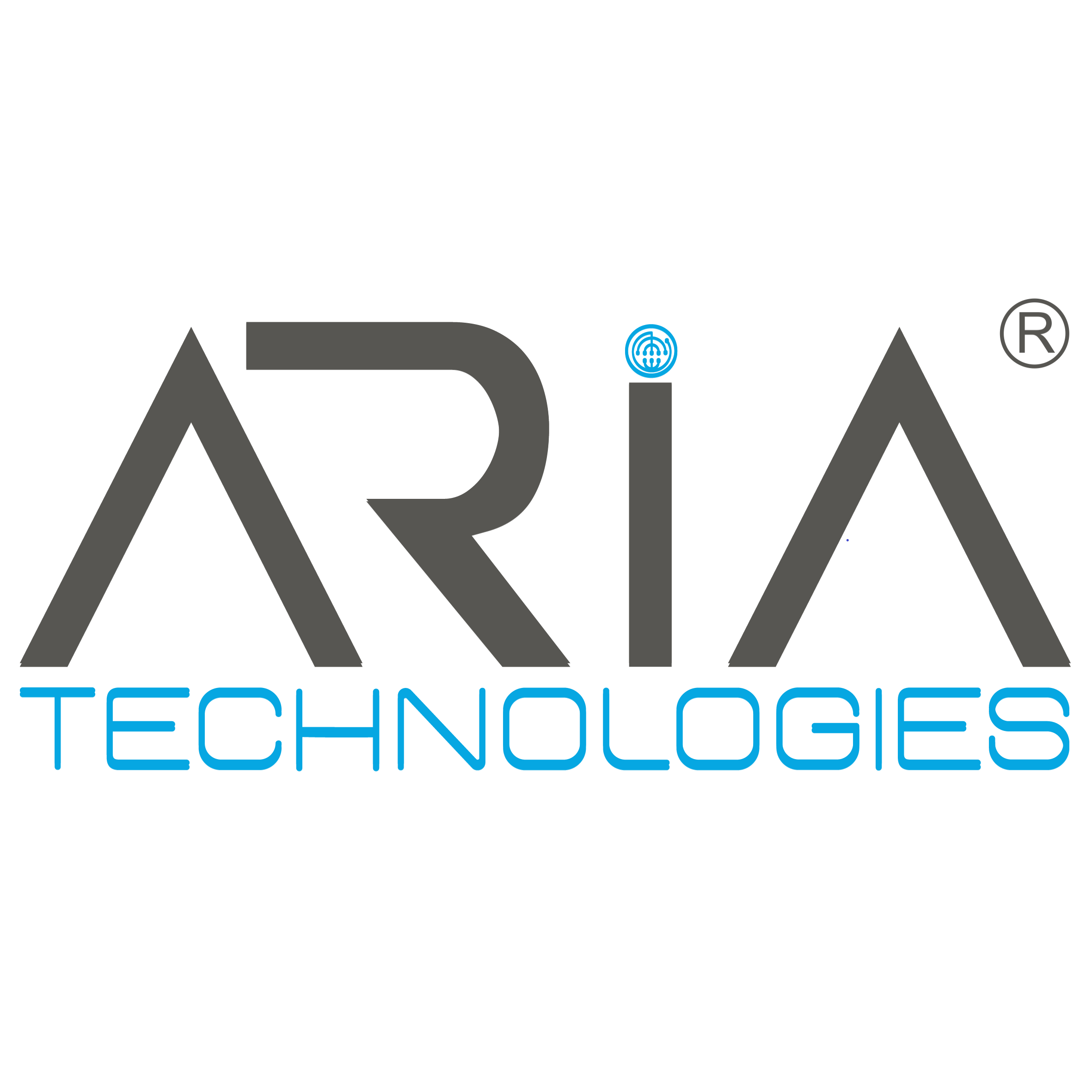“The future of many companies will depend on their willingness and ability to rethink their supply chains, to experiment with new processes and uses for data from Internet-connected objects that may change supply chains at their foundations.”
John Kern, Senior Vice President of Cisco Supply Chain
As quoted in the Wall Street Journal
By David Goddard
We often hear the terms Internet of Things (IoT) and Internet of Everything (IoE) or digitization. They have many definitions, but to me it’s fairly simple. IoT is about the instrumentation of discrete systems that “connect the unconnected” and pull data from devices that were previously unattainable or required physical proximity. On the other hand, digitization is really the innovation that occurs when you take these new connected systems and the information they provide and mash them together in previously impossible ways. One of the industries this is happening faster in than most is the manufacturing sector.

Over the last year Cisco’s supply chain organization and Flextronics launched a pilot program in Penang (Malaysia ) to explore the “Factory of the Future“ and its possible benefits. One of the priorities was to monitor energy consumption of the many diverse devices on the manufacturing lines as a means to better understand how energy was being used on Flextronics’ plant floor and what could be done to reduce its use and cost to the company.
This portion of the project was led by the Cisco Energy Management Team and it is estimated to save 20%-30% in energy usage, reduce greenhouse gas emissions in the supply chain, and expand the Cisco Energy Management solution from our IT roots into the IoT domain.
How it Works
Our energy management solution is a cloud-based software and analytics package that measures, monitors, and manages the energy consumption of any connected device. In the Flextronics instance it also required the deployment of sub meters located on the manufacturing shop floor.
Information from the devices is collected, displayed on a robust reporting visualization engine, and analyzed allowing for continued data monitoring, modeling of efficiency improvements, and automated system alerting. This level of sophistication enables automatic energy optimization using highly intelligent device control and management policies such as hibernating or gracefully powering off end devices. Additionally, the solution provides visibility into:
• Power usage (baselines and trends)
• Power analytics and device management to reduce consumption by changing behavior
• Carbon emissions and reduction reporting
• Utility bill analysis and many other data points
Optimization: Going Beyond Reduced Energy Consumption
Imagine having the visibility and agility to adjust the timing of runs to limit cost based on electricity and nitrogen gas costs during temperature testing. This energy information can be measured and visualized in manufacturing terms such as: areas of the factory (test, assembly), types of equipment (temperature chambers, chillers), and specialized views such as heaters, compressors, blowers and nitrogen gas flow.
Adding a data virtualization layer along with the Cisco Energy Management software suite, brings together a complete energy picture that includes IT devices, Operation Technology devices and IoT sensor data into a single enterprise-wide energy focused view. This delivers an extensive ROI model based not only on energy costs but data driven opportunities to improve operational workflows that help to cut costs.
Where We Are Today?
To date, we have nearly 1,300 devices instrumented to monitor energy data on Flextronics’ (Penang) assembly and test floors, its equipment (temperature chambers, chillers, heaters, and compressors), and on the specialized energy use of nitrogen flow.
We are in the final stages of correlating the many data sources such as device energy, shop floor equipment test schedules and the manufacturing production and test databases to determine all the ROI opportunities available for decreasing energy costs from the manufacturing business.
We believe this initiative will help manufacturing supply chains greatly reduce their energy consumption and save tens of millions of dollars in the process. With Flextronics Penang alone, conservative estimates show the company saving $85,000 a month or just over $1M a year in USD.
Whether it’s the manufacturing floor, institutions of education, or smart cities, our goal is to find new ways to connect the unconnected for the benefit of all. The Internet of Things (IOT) is the engine to make it happen and cutting-edge innovation will lead the way.
What does the future look like? Only time will tell but it is clear IoT opens the door to a world of limitless possibilities and innovation will continue to prove supreme in this virtual kingdom.
What are your thoughts and questions about instrumenting the factory floor as a means to reduce energy consumption? Leave your comments below.
Resources:
Cisco Energy Management Suite At-A-Glance
In Malaysia, Cisco Systems trials plant fully wired to Internet (article)

